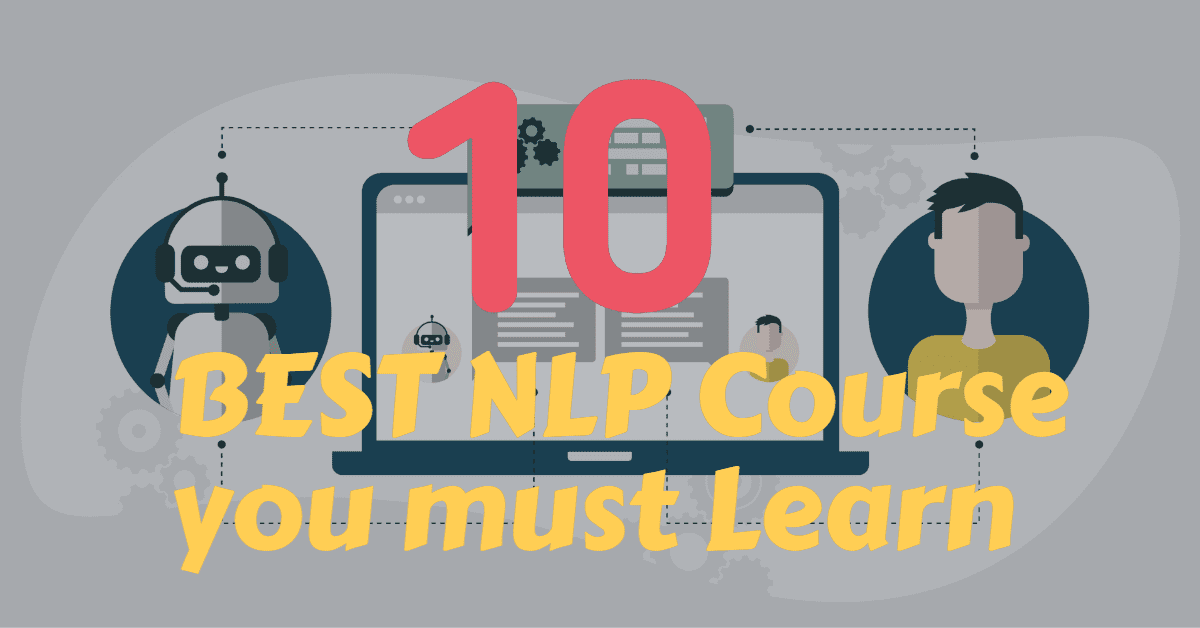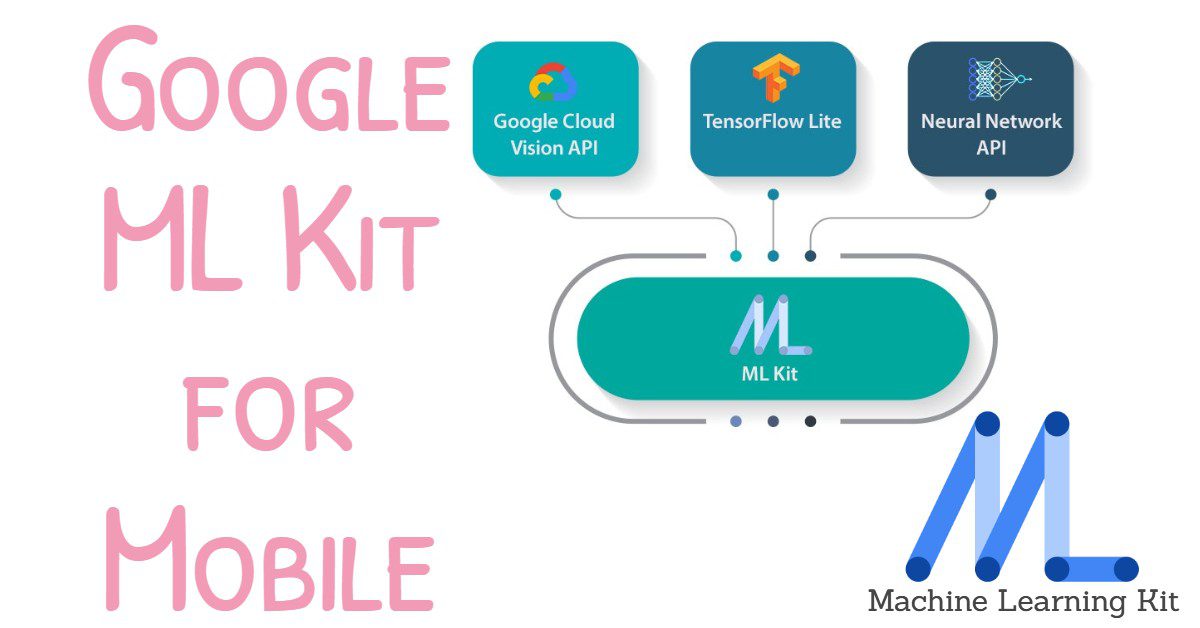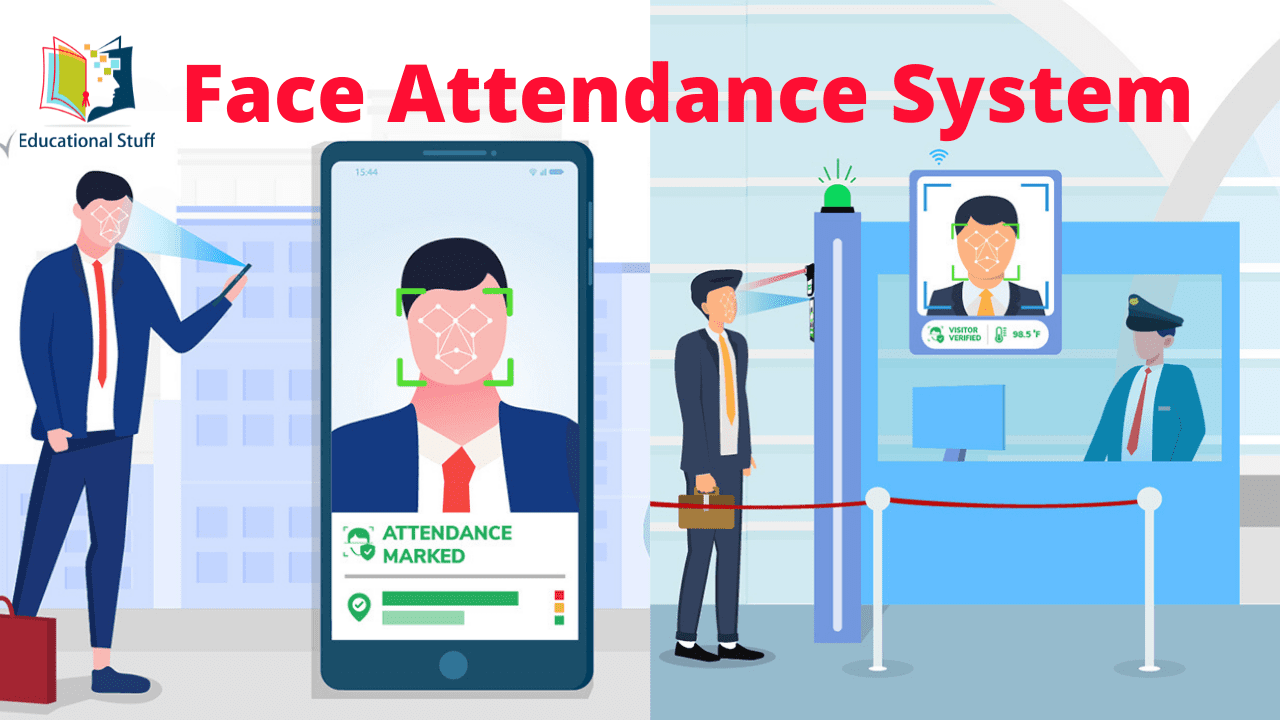Artificial Intelligence (AI) is a very integral part of our daily lives ranging from medication, bioinformatics, education, defense, transportation, security, etc. But in this article, we’ll be looking at the role of AI in transportation. The transportation industry has evolved a lot when it comes to artificial intelligence and AI is now integrated with most of our daily routine tasks and has several business uses. Some of them are as follows:
Artificial Intelligence in Self-Driving Cars and Trucks
Autonomous vehicles are now the future of transportation in which cars have the ability of self-driving that can chauffeur the owners to their desired destination without the need of physical intervention. AI is used in these autonomous cars to predict routes, signals, road marks, other cars, pedestrians, cyclists, and motorcyclists.
Usage of AI helps in safe driving by increasing the reliability and efficiency of the system. It lowers the rate of accidents and harsh driving further lessening the fatality rate of accidents. It also helps in lowering fuel consumption, driver overhead, and driving costs. Human errors and unpredictability are lessened which causes most of the accidents.
Both cars and trucks use sensors and cameras as input, and the input is further fed to AI algorithms that further process and calculate the data to come to predictions for the vehicles to perform a certain action. If the program finds any hazard then it maneuvers accordingly else the system carries on with the routine task.
Transport Infrastructure
Artificial Intelligence and machine learning, data mining, and several other techniques can be help manage the traffic of urban areas. It can be used to predict and prevent traffic jams. It can also help implement effective traffic signals that reduce congestion and manage vehicles accordingly.
Coming to the safety and security of transportation, AI can be used to detect crimes and predict areas of crime and where crime is most likely to happen. This will help the security organizations and the intelligence agencies to act accordingly by patrolling the sensitive areas and catching the criminals if they are on the run.
AI can be used to identify unusual incidents on roads like broken pavements, cracks, and potholes and further guide the concerned organizations and drivers to be careful. This will also help in reducing accidents and promote safe driving. It can also refer maintenance authorities to take action immediately and provide traffic with safe alternate routes.
Justice and Transparency
Artificial intelligence can also be used to provide justice against false tickets over speeding and meter readings as there are many human errors present when officers issue tickets and about 20-30% of the tickets are unjust that are reimbursed when the victim refers to court. AI can be used to perform real-time speed testing and only charge the ones that are overspeeding and not the ones that the officers ‘think’ are speeding.
It can also help the officers in identifying drunk drivers, doing rash driving, etc. by analyzing the driver’s driving pattern and behavior and can inform the officers that the specific vehicle has an unusual driving pattern. Thus, only the ones that are actually involved in crime are charged and the innocent ones are kept away from the hassle of interrogating, time wastage, and even harassment by police officers.
Autonomous Trains and Ships
AI is also used in autonomous trains that have the purpose same as self-driving cars and trucks but on large scale. It saves the space of a whole driver cabin and there is no need to attach a driver cabin and only the freight and passenger cabins are part of the train and more number passengers can travel due to more space.
These trains use sensors and cameras to feed real-time information to the system that further controls the train’s speed and other operations. It also reduces the overhead of drivers and co-drivers as these vehicles can also the remotely controlled in case of failure of self-driving mechanism further decreasing emissions, cost, and reliability.
AI is not only limited to land; ships also use AI to keep the operations of vessels normal and control the daily routine maintenance checks. Further advancements also help in making the vessels fully autonomous that won’t need any crew as they can be remote controlled and live self-driving algorithms to guide them through the sea routes. Hence reducing the risk of endangering the risk of crews’ life in case of any failure or fatal accidents.
Aviation Industry
We all know almost all passenger and defense aircraft use AI to make the aircraft operate correctly and act according to different unpredicted scenarios faced. It also aids the driver to lessen human errors and guide through the set route using an autopilot. So, drivers have the ease of operating and help in reducing fatal accidents.
Airports can use AI for face scanning and identity matching, using traditional passport bogus and saving time. Entry points can be equipped with scanners and sensors to correctly reveal the identity of passengers saving boarding officers overhead for the companies and saving cost and time. It further strengthens the security and surveillance and helps in increasing profits due to reduced labor overheads.
Conclusion
In conclusion, AI plays a vital role in transportation covering all the aspects of land, sea, and air. It helps in increasing ease, security, efficiency, safety, and profits by lowering labor overheads, human errors, fatalities, and emissions. Although the process is slow AI is being increasingly integrated into the transport industry and soon almost everything related to this industry will somehow be using AI to avail its benefits.
Considering the successful use cases of AI in transportation, it has a good scope in the future with endless possibilities to improve and control several transport mediums. So far AI has impacted a significant number of blue-collar jobs but the different rate of countries and economies adopting it is varying making the rate of integration of AI in several AI industries across the world slow but eventually will get accepted by masses with every passing second.
Read More:








Leave a Comment